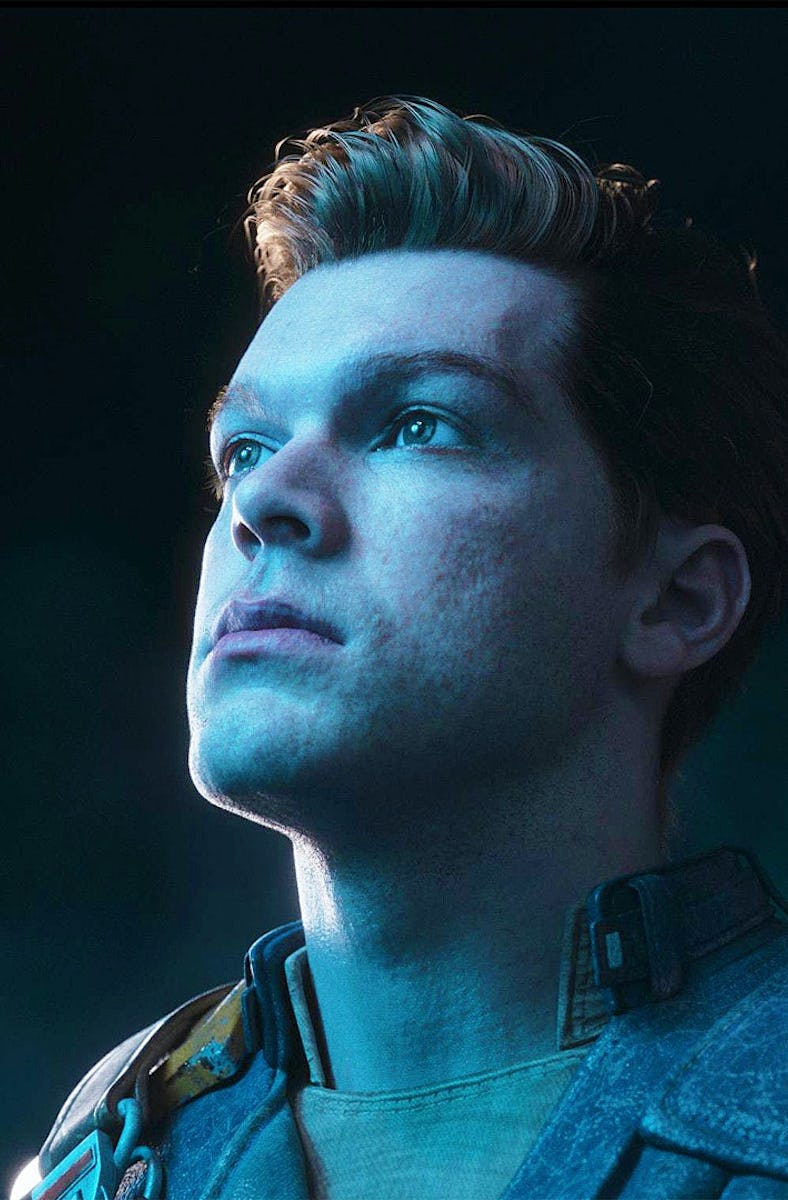With video game sequels there’s always pressure to do things bigger and better, and in that pursuit, it’s entirely too common to see games strip away the powers and abilities you earned in the previous game, in order to make a new satisfying progression loop. Games like Metroid are especially bad about this, starting you off as some super-powered hero before stripping you down to nothing. That ties into the most interesting new detail of Star Wars Jedi: Survivor, as the game doesn’t strip away any of Cal Kestis’ hard-earned powers.
Jedi: Fallen Order was a story all about Cal reconnecting with the Force and learning what it means to be a Jedi. After the trauma of Order 66, it made sense he’d have to cut himself off from the Force in order to hide from the Empire, but narratively that simply wouldn’t work with Jedi Survivor. Cal has been honing his powers as a freedom fighter for five years, and while Respawn could have found some narrative crux to knock him down, that would have been the easy way out.
From our roughly four-hour preview of Jedi Survivor, it’s clear the game really wants to embrace the power fantasy of being a Jedi. Keeping Cal’s powers intact goes a long way in that regard, as he immediately feels powerful right out of the gate. Being able to use powers like Force Pull and Force Push also immediately makes the combat system dynamic, bolstered by the tighter more refined controls of the sequel.
Cal having all his powers from the start is a smart mechanical way to support his growing confidence as a Jedi Knight.
This makes Jedi Survivor feels much more like a continuation of Cal’s journey, integrally not retreading any ground. This serves both a narrative purpose to show Cal’s growth, as well as allowing Respawn to be much more ambitious with its world designs and gameplay additions. It’s a breath of fresh air in modern gaming, when even massive sequels like God of Wår: Ragnarok scale back the abilities players had at the end of the previous game.
Of course, the key to all this is if Respawn can still create satisfying progression for players when they’re already starting out so far ahead.
“Since we're making a brand new game for the sequel, we want to reward players and make sure there's a nice progression system, where you feel like, as you play through the game, you're getting more powerful,” production director Kasumi Shishido tells RockPaperShotgun “We're really thoughtful about when exactly, and how, Cal acquires another power or ability. It's not like you open a box and, like, 'Oh, I have a new Force power!'"
A big part of Jedi Survivor’s progression seems to be tied to the Lightsaber stances Cal can unlock. In our demo, we already had access to the dual-bladed saber and dual-wielding, on top of the single saber. Each of these three stances drastically changed how you approach combat, from the crowd control of the dual-blade to the one-on-one focus of the single saber.
Jedi Survivor’s wide open environments put Cal’s abilities to use immediately, drastically upping the scope of exploration from Fallen Order.
Cal’s two later stances, the cross guard and blaster/saber combo, appear even more wildly different. The cross-guard seemingly works like a greatsword, letting Cal unleash heavy-hitting but slow attacks. The blaster stance, on the other hand, looks like the most unique of all, giving Cal a bit of range to combat while also letting him combo the blaster with Force moves to devastating effect.
A huge part of Jedi in Star Wars is the theming of that journey from Padawan to Master, and it’s hard to think of a better way Respawn could be embracing that idea. It’s interesting to see a game like Jedi Survivor take some chances in a AAA space that’s filled with so many games playing it incredibly safe, especially for a property as huge as Star Wars. Execution will, of course, be the deciding factor, but the early hours of Jedi Survivor indicate Cal’s journey will be a memorable one.
